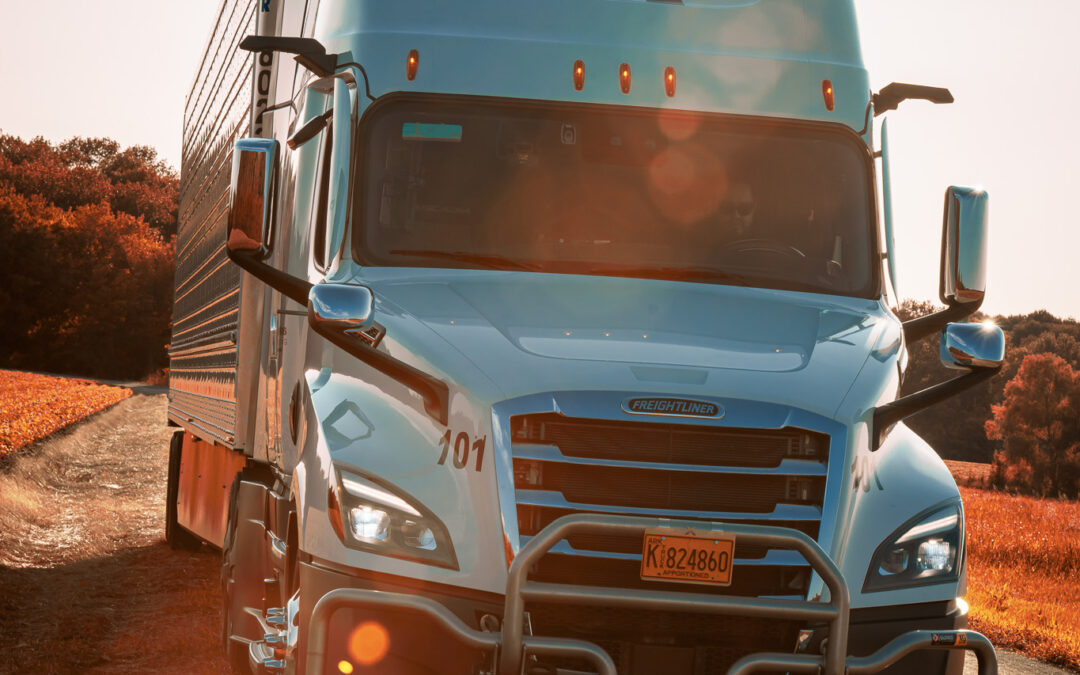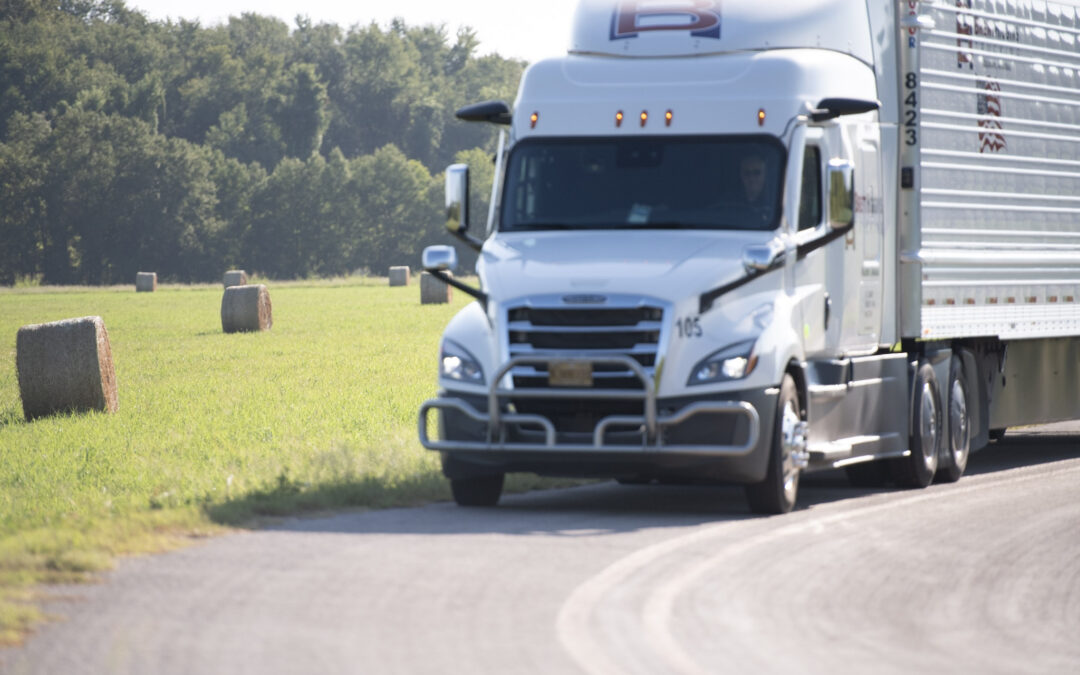American truck drivers carry a unique responsibility, one that transcends mere transportation. They are the lifeline of the nation, fueling the economy and ensuring the seamless flow of essential goods like food and fuel. At Brent Higgins Trucking in Mulberry, AR, we understand and celebrate the profound impact of CDL-A drivers on American history. Let’s take a ride through America’s trucking history timeline, honoring the legacy of those who keep our country moving.
1800s: Pioneering Long Haul Trucking
In the 1800s, the landscape of transportation began to evolve with the emergence of covered wagons pulled by horses or oxen. However, the true revolution came in 1896 when Gottlieb Daimler ingeniously combined a two-cylinder engine and a cart drawn by horses, birthing America’s first “truck.” Then, in 1900, the pioneering spirit continued as Gus and Jack Mack started Mack Trucks, laying the groundwork for modern trucking.
1900s: Shaping the Industry
The early 1900s marked significant milestones in the trucking industry. In 1910, the introduction of motor trucks paved the way for the modernization of transportation. The invention of the semi-trailer in 1914 by August Fruehauf and Otto Neumann revolutionized the capabilities of trucking, enhancing efficiency and reliability. With the establishment of the International Brotherhood of Teamsters in 1903, truck drivers began to advocate for better working conditions, setting the stage for the influential role of unions in the industry.
1940s: A Nation in Motion
During World War II, truck drivers supported America’s military campaign. As American troops and supplies traversed across Europe, truck drivers navigated perilous routes. The 1940s also witnessed a boom in the trucking industry as the country paved millions of miles to accommodate the growing demand for transportation services.
1950s-1960s: Driving Social Change
Amidst the Civil Rights Movement, truck drivers stood at the forefront of social change. The Teamsters, with their commitment to inclusivity and equality, supported the advancement of civil rights. The establishment of the Federal Interstate Highway System in 1956 further solidified the importance of trucking in connecting communities and driving economic growth.
1980s: A New Era
The 1980s ushered in a new era with the deregulation of the trucking industry through the Motor Carrier Act. While controversial, deregulation spurred innovation and competition, reshaping the landscape of transportation. Despite challenges, truck drivers continued to persevere, adapting to changes and maintaining their vital role in the nation’s economy.
2000s: Embracing Safety
In the 21st century, a renewed focus on safety emerged with the establishment of the Federal Motor Carrier Safety Administration in 2000. With responsibilities encompassing over four million CDL holders, the FMCSA strives to reduce crashes and ensure the well-being of drivers and passengers alike. In the year 2015, the implementation of electronic logging devices further underscores the commitment to safety and regulation compliance, albeit with its own set of challenges and concerns.

2020: Navigating Challenges
Amidst the COVID-19 pandemic, truck drivers once again demonstrated their resilience and dedication. Serving on the frontlines, they delivered essential goods and supplies, ensuring that communities remained connected and supported during unprecedented times.
At Brent Higgins Trucking, we stand in awe of the rich history and enduring legacy of truck drivers. As we reflect on the milestones and challenges of the past, we reaffirm our commitment to supporting and honoring the hardworking men and women who keep the country moving forward, one mile at a time.












0 Comments